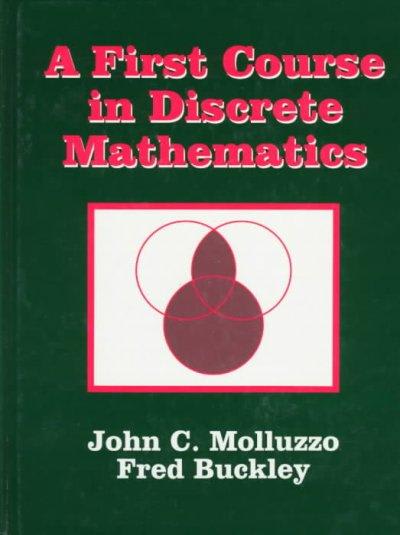Question
4.How many possible outcomes are there if we toss 10 dice, each of a different color? ? N = ? ? possible outcomes? ? ?

4.How many possible outcomes are there if we toss 10 dice, each of a different color?
?
N = ?
?
possible outcomes?
?
?
?
5.The following exercise refers to choosing two cards from a thoroughly shuffled deck. Assume that the deck is shuffled after a card is returned to the deck.?
?
?
?
If you do not put the first card back in the deck before you draw the next, what is the probability that the first card is a heart and the second card is a spade? (Enter your probability as a fraction.)?
?
?
?
6.Suppose that a certain HIV test has both a sensitivity and specificity of 99.9%. This test is applied to a population of 1,000,000 people.?
?
?
?
Suppose that the population comes from the blood donor pool that has already been screened. In this population, 0.3% of the population is actually infected with HIV.?
?
(a) Calculate the PPV. Suggestion: First make a table as seen below. (Round your answer to one decimal place.)?
?
?
?
%?
?
Has disease Does not have disease Totals?
?
Test positive?
?
Test negative?
?
Totals?
?
?
?
(b) Calculate the NPV. (Round your answer to four decimal places.)?
?
?
?
%?
?
?
?
(c) How many people will test positive who are, in fact, disease-free??


Step by Step Solution
There are 3 Steps involved in it
Step: 1

Get Instant Access to Expert-Tailored Solutions
See step-by-step solutions with expert insights and AI powered tools for academic success
Step: 2

Step: 3

Ace Your Homework with AI
Get the answers you need in no time with our AI-driven, step-by-step assistance
Get Started


